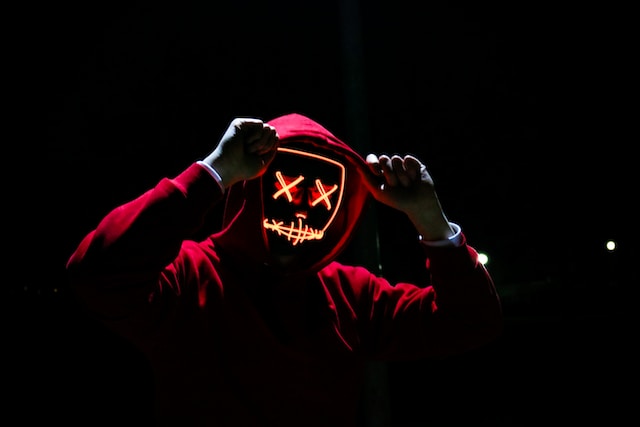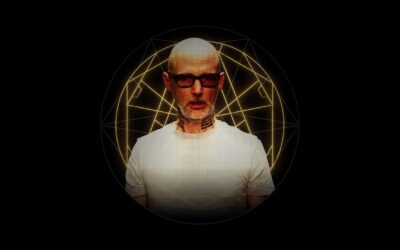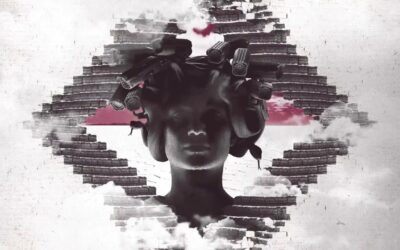The Rise and Shine of Rave Fashion: A Historical Perspective

The Origins: Late 1980s to Early 1990s
The rave scene burst into life in the late 1980s, with the advent of acid house and techno music in the UK. Early rave fashion was an eclectic mix: think baggy t-shirts, sweatshirts, baggy jeans, and sneakers. Iconic symbols like smiley faces became synonymous with this era. This was a time of minimalism, with clothing serving functionality for all-night dancing.
The 1990s: The Emergence of PLUR
Early 2000s: Cyber and Gothic Influences
2010s: The Mainstreaming of Rave Fashion
With the explosive growth of electronic dance music (EDM) festivals like Tomorrowland and Electric Daisy Carnival, rave culture permeated the mainstream. Fashion brands recognized the potential, and soon, rave-inspired outfits were available off-the-shelf. This decade saw the rise of elaborately designed leg wraps, bodysuits, and harnesses. Headgear like flower crowns and glitter became quintessential.

2020s: A Blend of Past and Future
Economic Influences on Rave Fashion
Technological Impact
Cultural Cross-Pollination
Sustainability and Ethical Fashion




